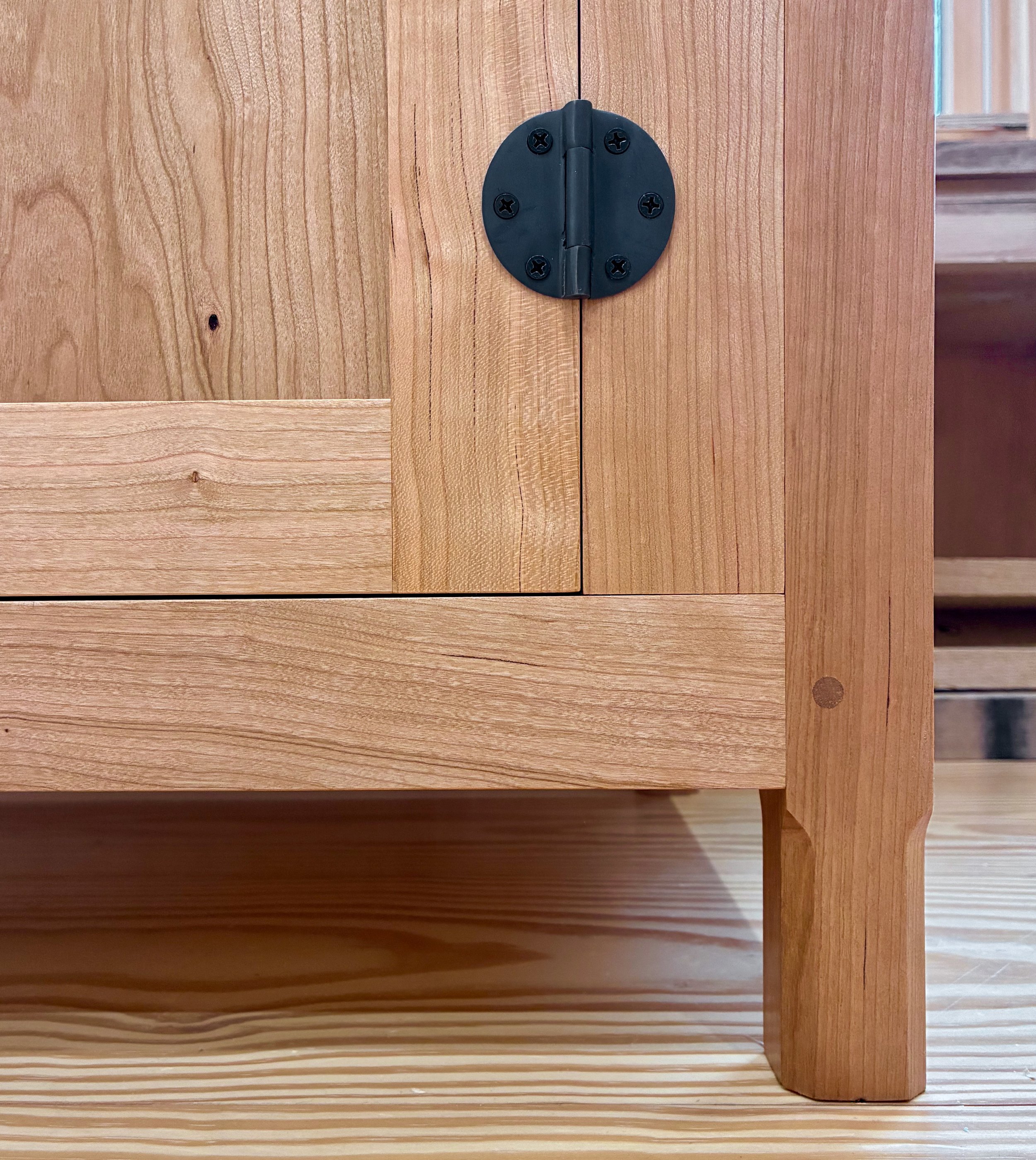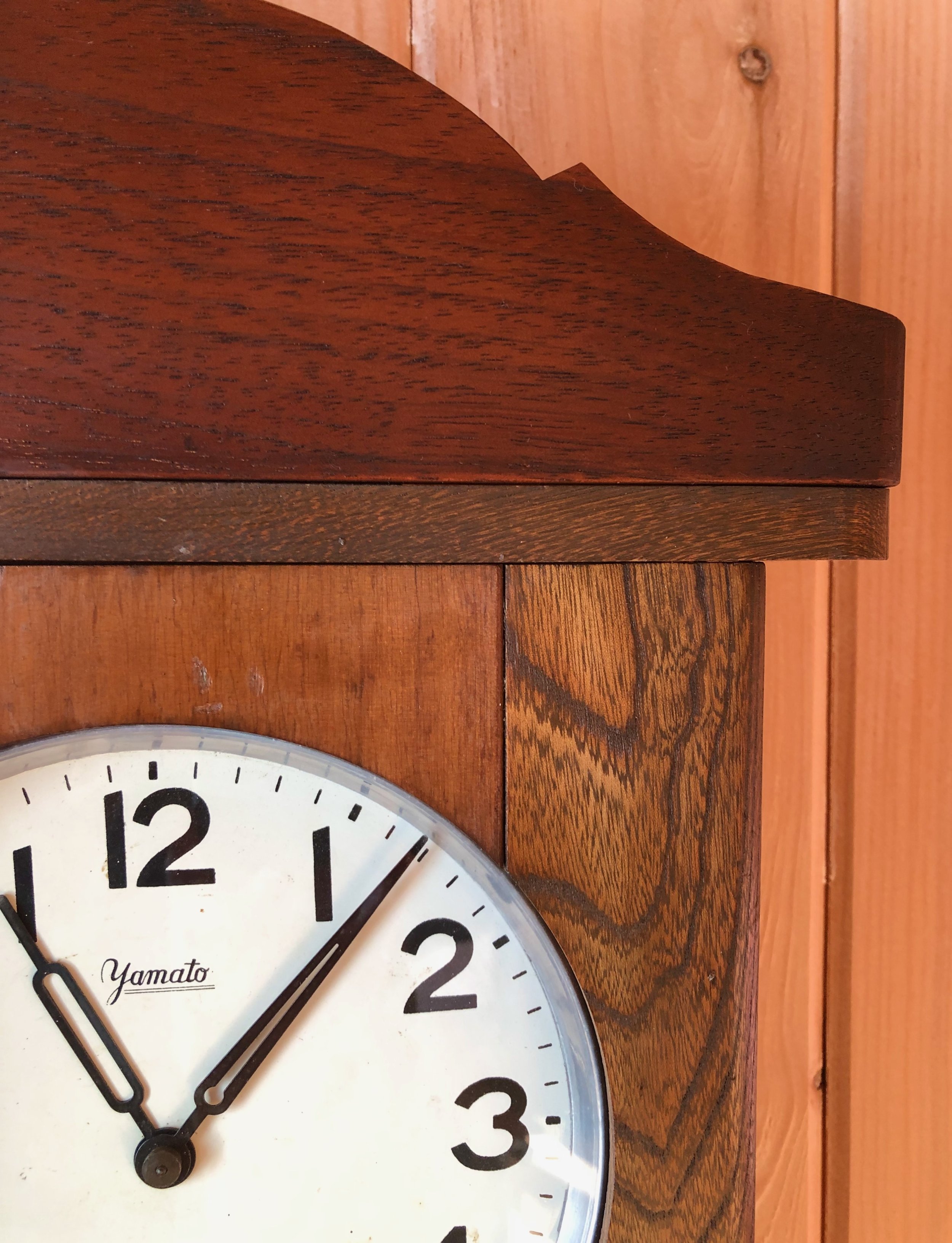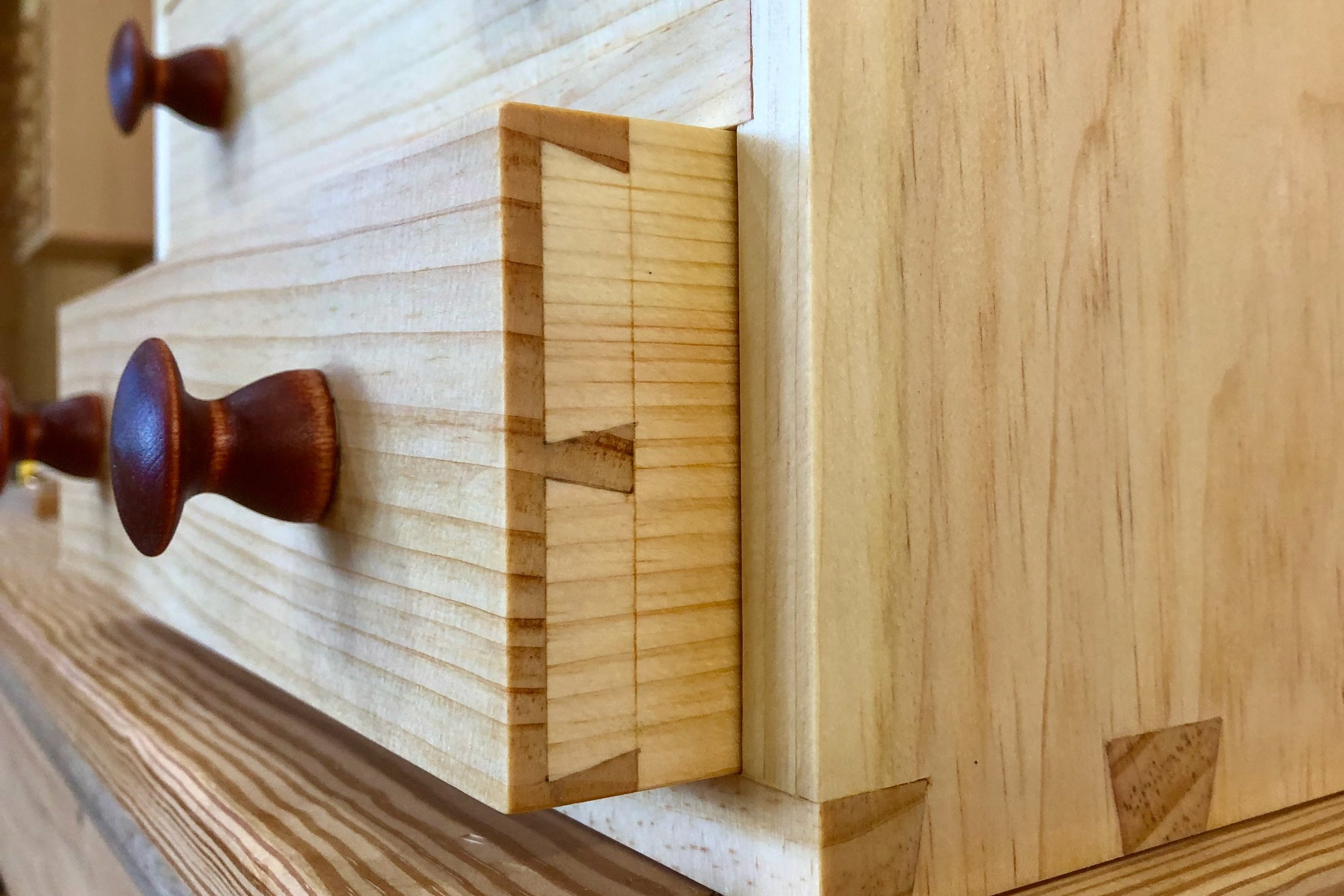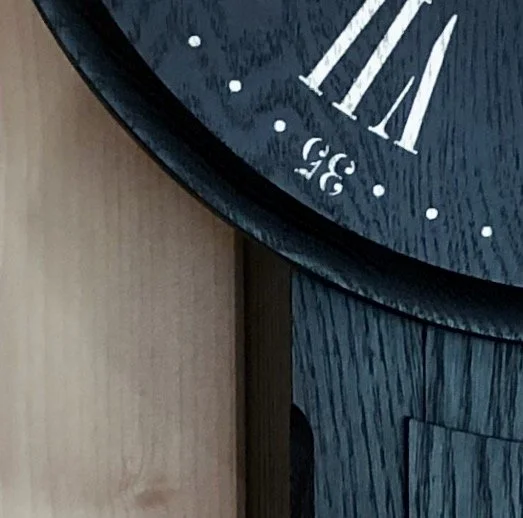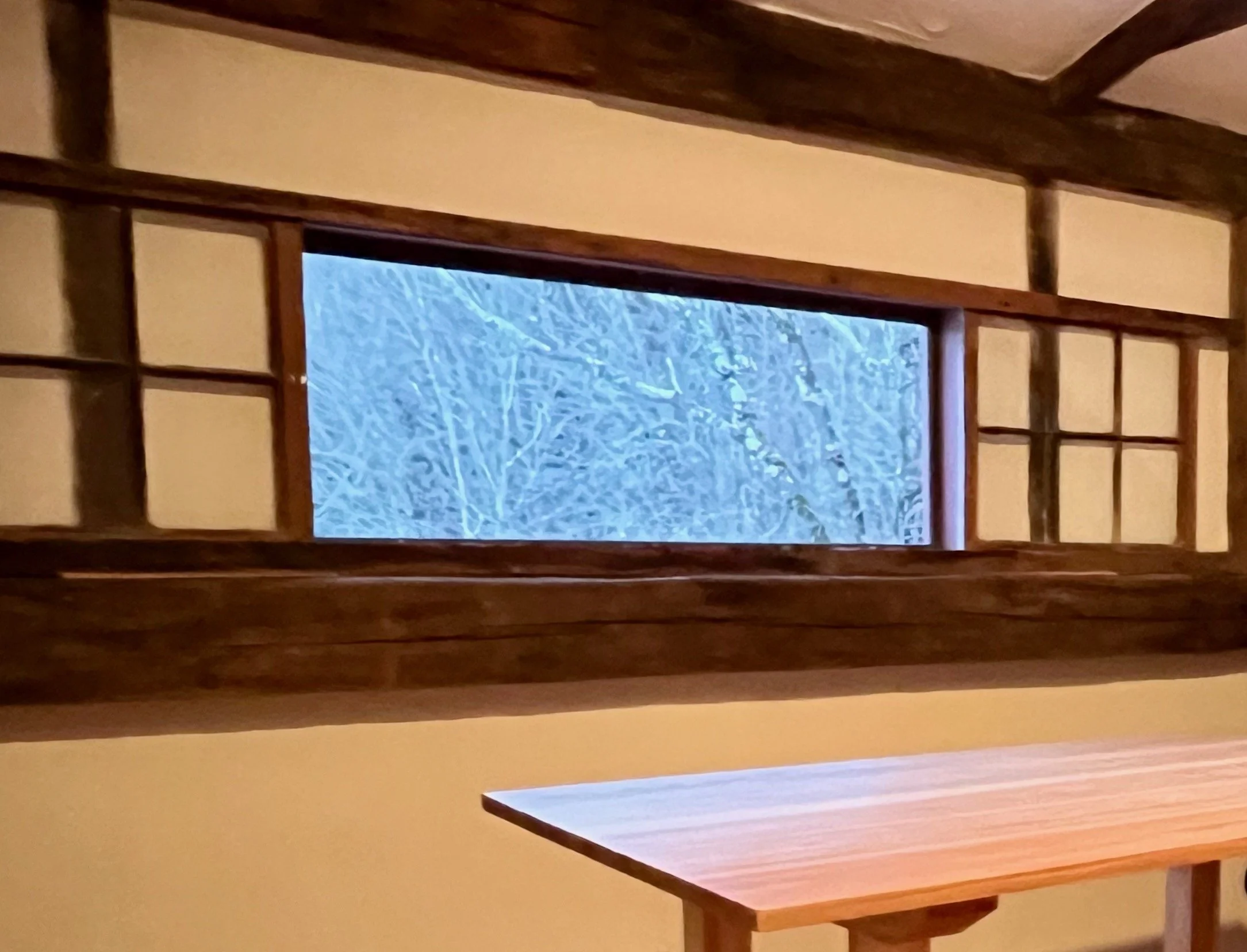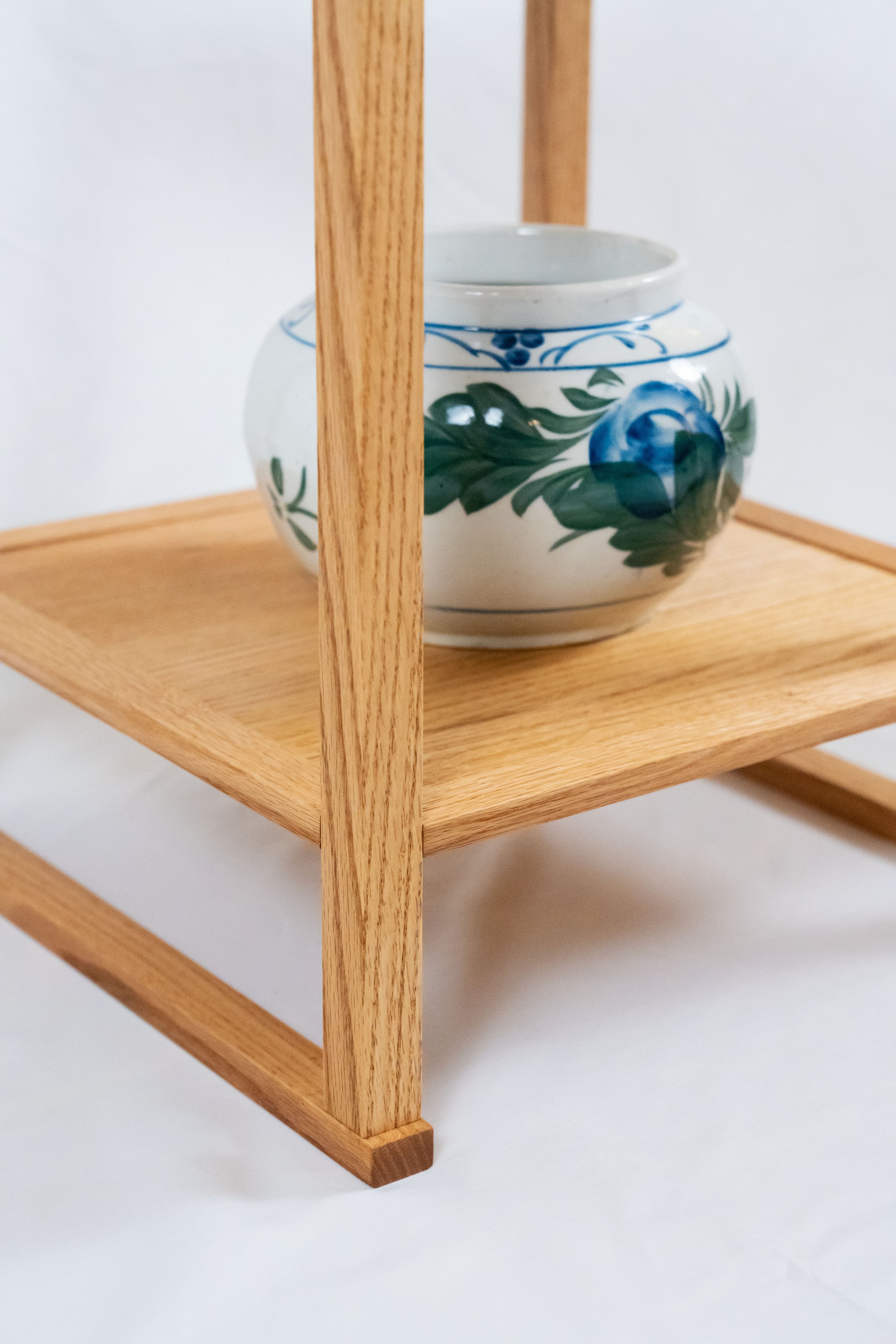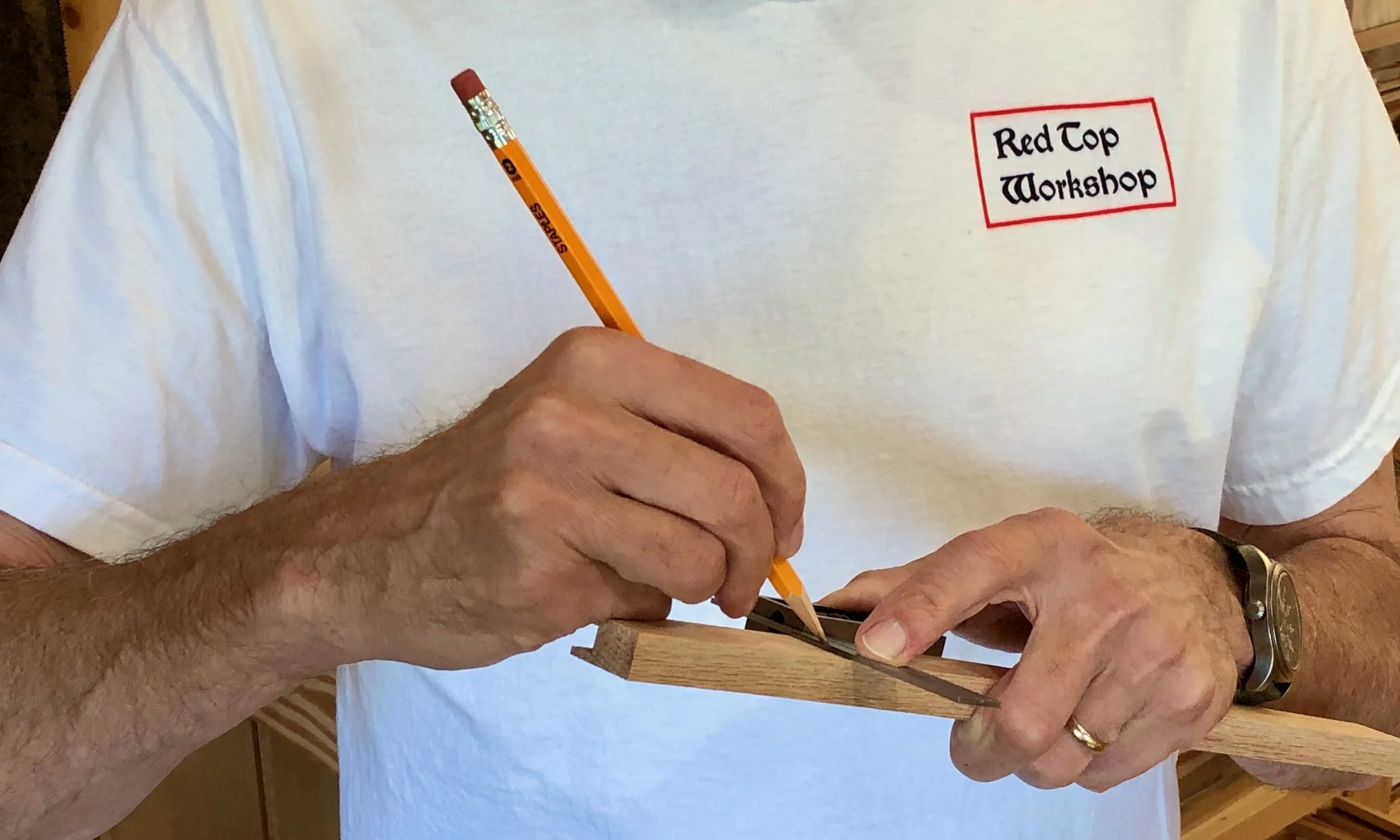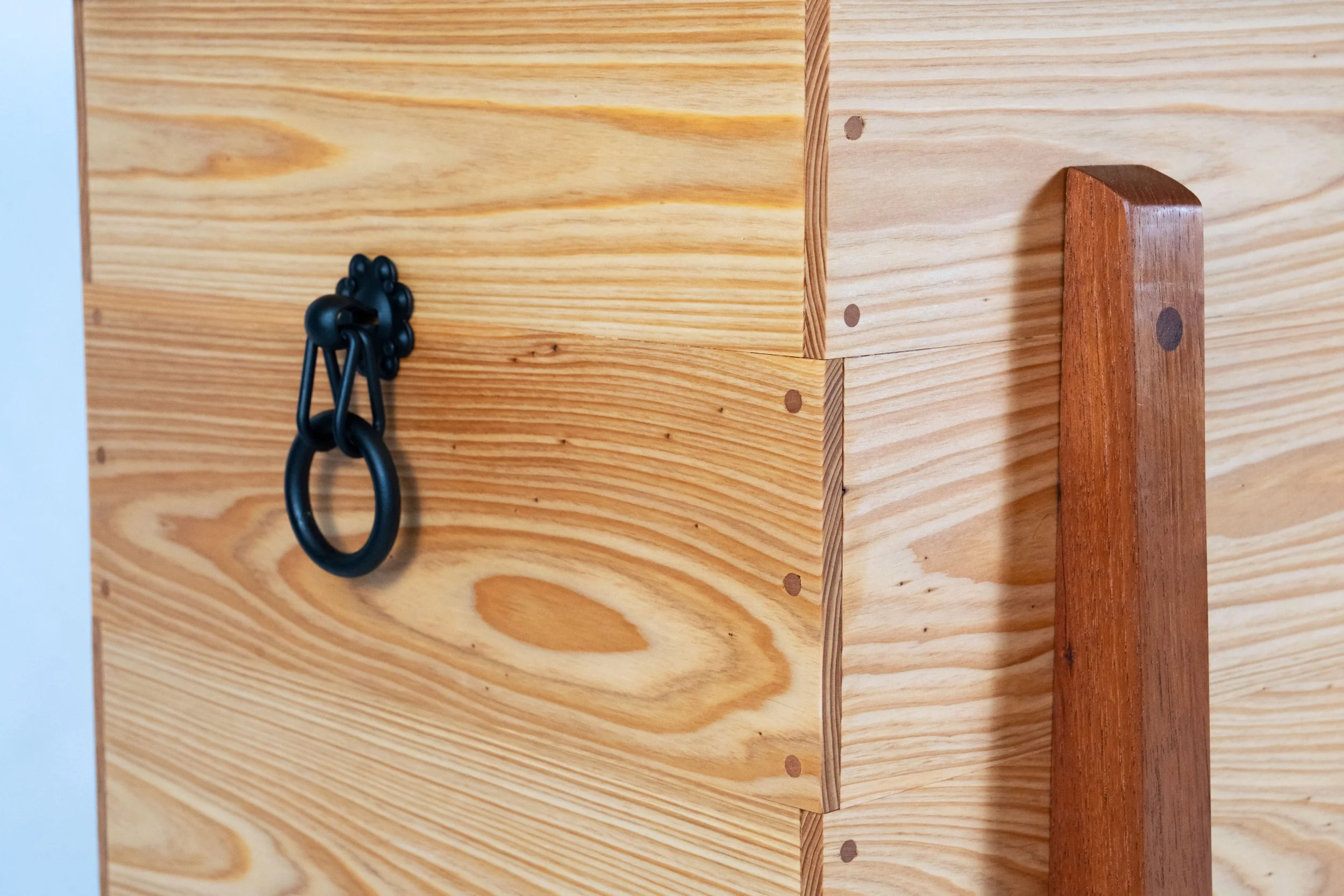
Under the Red Top
making the best of life & woodWhat Would Woody Say?
I covet old woodworking books - especially the ones you can get for almost free at library book sales. That’s largely how I’ve built my collection. The most prized are the ones that have been used, with as-built dimensions neatly penciled on the pages. But alas, most of mine are found in mint condition. One unused, library sale gem on my shelves is the high school textbook Modern Woodworking by Willis H. Wagner. I have no doubt that it was indeed modern on its publication date (1967) but today we would consider it “mid-century modern”. Still, it covers all aspects of woodworking and serves as a handy source of concentrated wisdom. I bought it as a Xmas stocking stuffer for my younger son, Andrew, who was about to embark on a three month furniture making course at the venerable North Bennet Street School. This experience vaulted his skill level beyond mine and so the text sits in my library now. I have every intention of re-gifting it to him one day … when I’m through with it.
Like all good texts it is copiously illustrated and briskly paced. An endearing feature that surely rolled a few mid-century eyeballs are the “WOODY SAYS:” comments interjected throughout. These are mostly reminders of the hazards to be encountered should one fail to heed WWS.
Priceless!
I am convinced Mr. Wagner knew what he was doing when he scripted Woody’s lines. We all need reminders in life, and sometimes the seemingly self-evident ones are the best. They matter. And they can be picked-up almost anywhere you look. For instance, I enjoy watching The American Woodshop series on PBS. We don’t always use the same methods in our woodworking, but I admire the unquenchable enthusiasm shown by host Scott Phillips as he goes about his work. He has been doing that work on television for 27 seasons! His sing-song admonition whenever he uses the bandsaw: “Save the line; take your time!” is a Woody-ism that I chant whenever I approach my same tool. It helps.
Now, not all Woody-isms’ will please the soul when you hear them: “Mind the gap!” does; “Please make sure your seat backs and tray tables are ...” not so much. The one that tickles me most I first heard from my grandfather Otto, the woodworker. It is a variant of the old carpenter’s adage: “measure twice, cut once”, only instead of a reminder to check your work, its a reminder to check your approach to your work. When puzzling over a surprising result Otto would say: “Mmm!? I cut it off twice and it’s still too short.” That one fit right into my irony-seeking, adolescent brain and remains stuck there today. It often applies itself to situations on my Projects. The workshop, unlike the research laboratory, is a solitary environment lacking the peer review of proposals and the opportunity to bounce new ideas off of colleagues. It requires a self-check discipline to do well (and stay safe). That makes these especially wise and helpful words. They are WWWS!
How It Started
Charles Richter (right), carpenter c. 1910
I should have known it would come to this. Nothing crystallizes better than a life in retrospect.
As it happens … Edward, my father, was first a farmer and then a truck salesman who, additionally, liked to design and construct things. He built his own barn and the family cabin, among other structures. He was also a hobbyist woodworker with a workshop in our basement. That is where I learned to saw and fasten boards. In addition to fine cabinetry he liked to make kitchen things, birdhouses and the occasional furniture piece. Otto, my (maternal) grandfather, had a workshop in his basement too, equipped with all of the power tools available in the 1950s - Craftsman was his brand. That is where I first noticed the beauty in wood. By trade, he variously owned a silver fox farm, drove trucks and the village school bus. On the side he would make furniture and nice wooden items to sell. He was retired by the time I was born, so I only knew my grandfather as a woodworker. I recall that neighbors would bring him their broken furniture pieces and he would produce replica parts for them. Indeed, my childhood rocking chair sports a maple, Otto-made prosthetic arm. His father, Charles, a late nineteenth century immigrant from Germany, was a true carpenter. He built craftsman-style houses in Bay City, Michigan - the town where I was born. A few of his hand tools bearing a stamped “C. Richter” beneath the patina are the treasures of my collection.
This foundation, reveals two generational truths: you don’t have to just do one thing in life; and building with wood is a worthy vocation.
My professional training and career as a scientist would keep me pondering the sub-microscopic world by day - for decades. Off hours, in the macroscopic world, I dabbled in home renovations and refinished antique furniture while mostly raising a family. It was not until my older son graduated from college and I was helping him build a clothing chest … from dimensional pine and plywood … using a circular saw … while squatting on cold basement cement that it dawned on me: I had forgotten to build my workshop. From that moment I was playing catch-up with destiny. With the help of my sons, Ben and Andrew, I built a wall to partition our unfinished basement, added electrical lines and lighting, and ordered a suite of starter woodworking machines - Grizzly Industrial was my brand.
That was 2016. That is how it started.
Seasons Greetings
December 2020
Merry Christmas from the Red Top Workshop!
Keep doing what makes you happy in life - every day.
Have a prosperous 2021.


